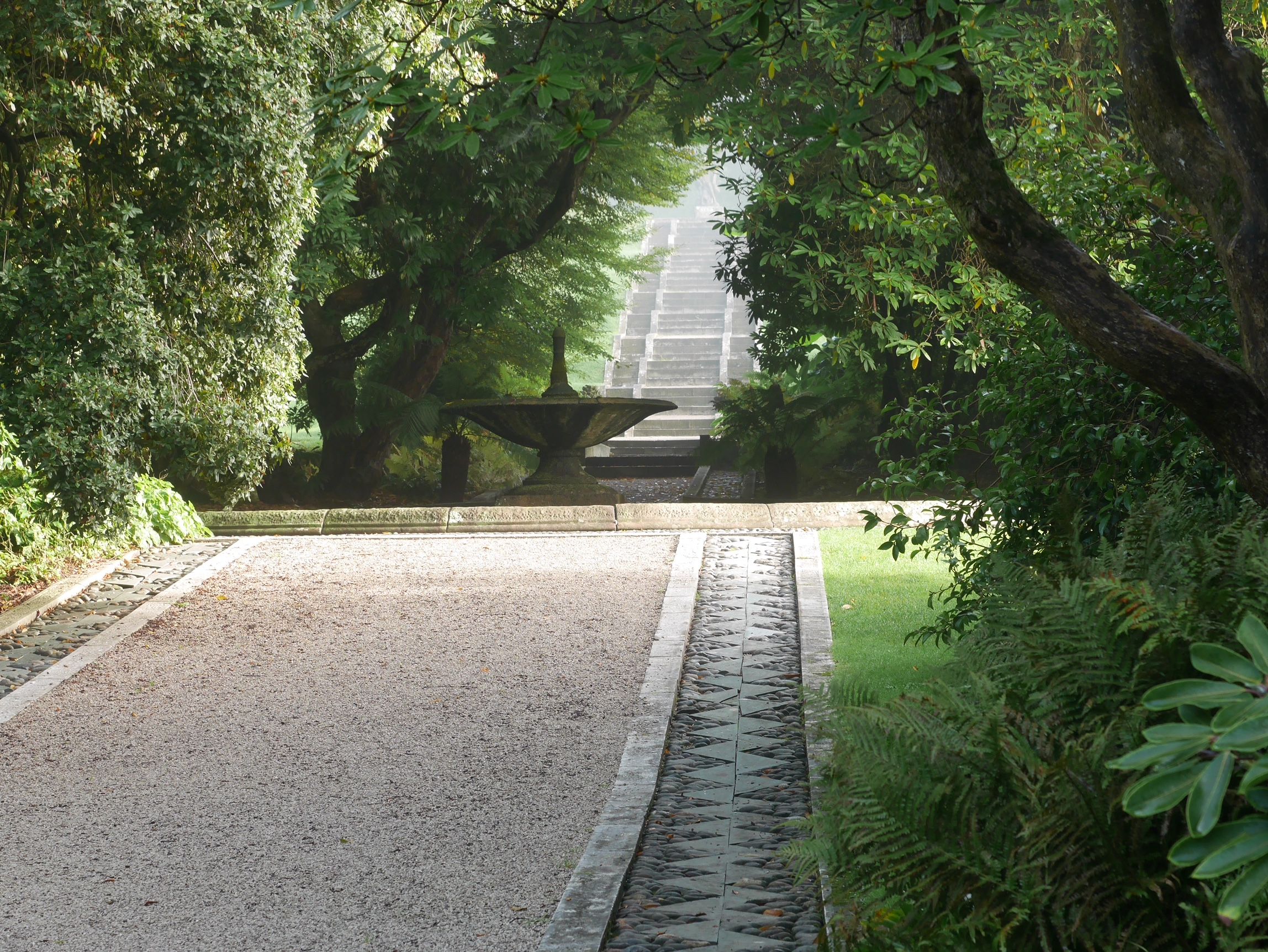Garden of the Month – October 2025: Holker Hall
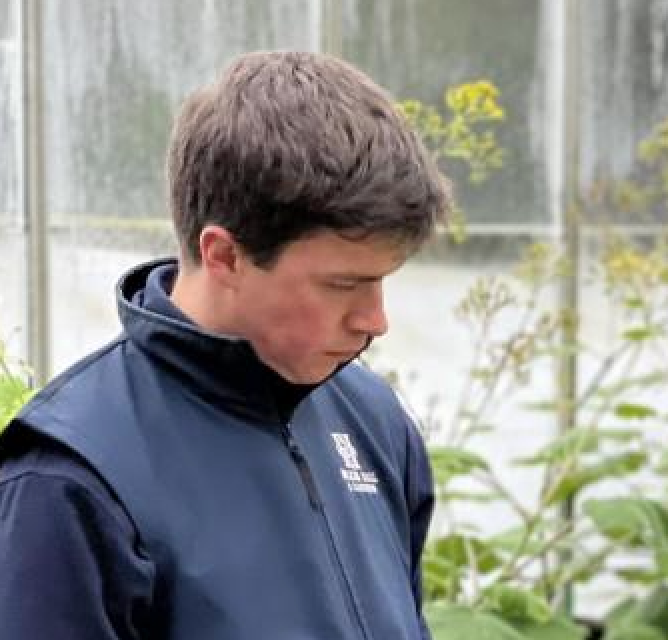
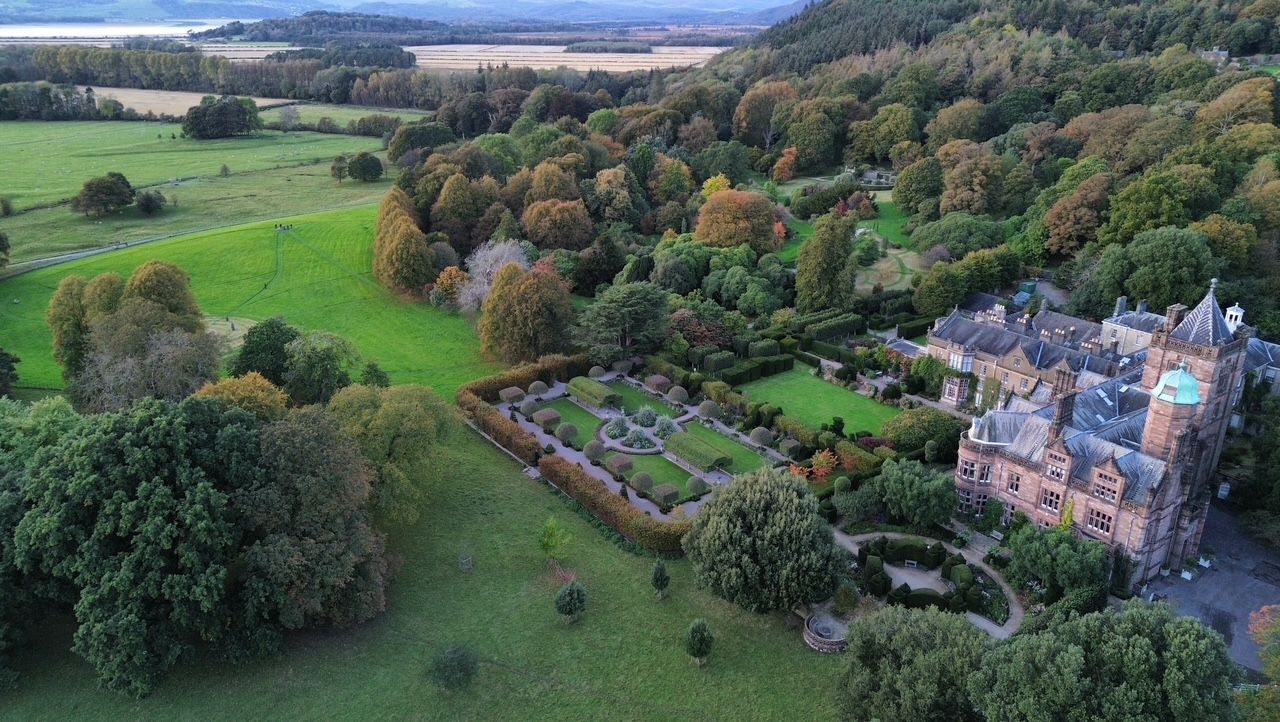
We’re continuing our Garden of the Month series with a feature on Holker Hall, a historic estate in Cumbria where a small but dedicated team is tackling one of the biggest challenges a garden can face: rebuilding its plant records.
Long admired for its historic planting and seasonal displays, Holker is now focusing on an equally important challenge: piecing together the living memory of its collection so it can be cared for, shared, and protected for the future.
Feature photo: Holker Hall aerial view. Photo by Holker Hall.
Facing the Challenge
With just six full-time gardeners and no dedicated records staff, they’ve committed to a full digital stocktake of the garden’s trees and shrubs, all while maintaining the daily work of caring for the site.
The garden spans 23 acres of formal and woodland areas, having been shaped over generations by the Cavendish family. Since the 1950s, it has been open to the public, and its collection – built through decades of planting, often from specialist nurseries – reflects both heritage and horticultural curiosity. During this time, record keeping was not made a high priority, fragmented spreadsheets, hand-annotated maps, and gaps in labelling meant large parts of the collection lacked clear documentation. That’s now changing. The current team has set out to verify, update, and expand those records, working plant by plant to build a clearer, more usable picture of what’s growing in the garden today.
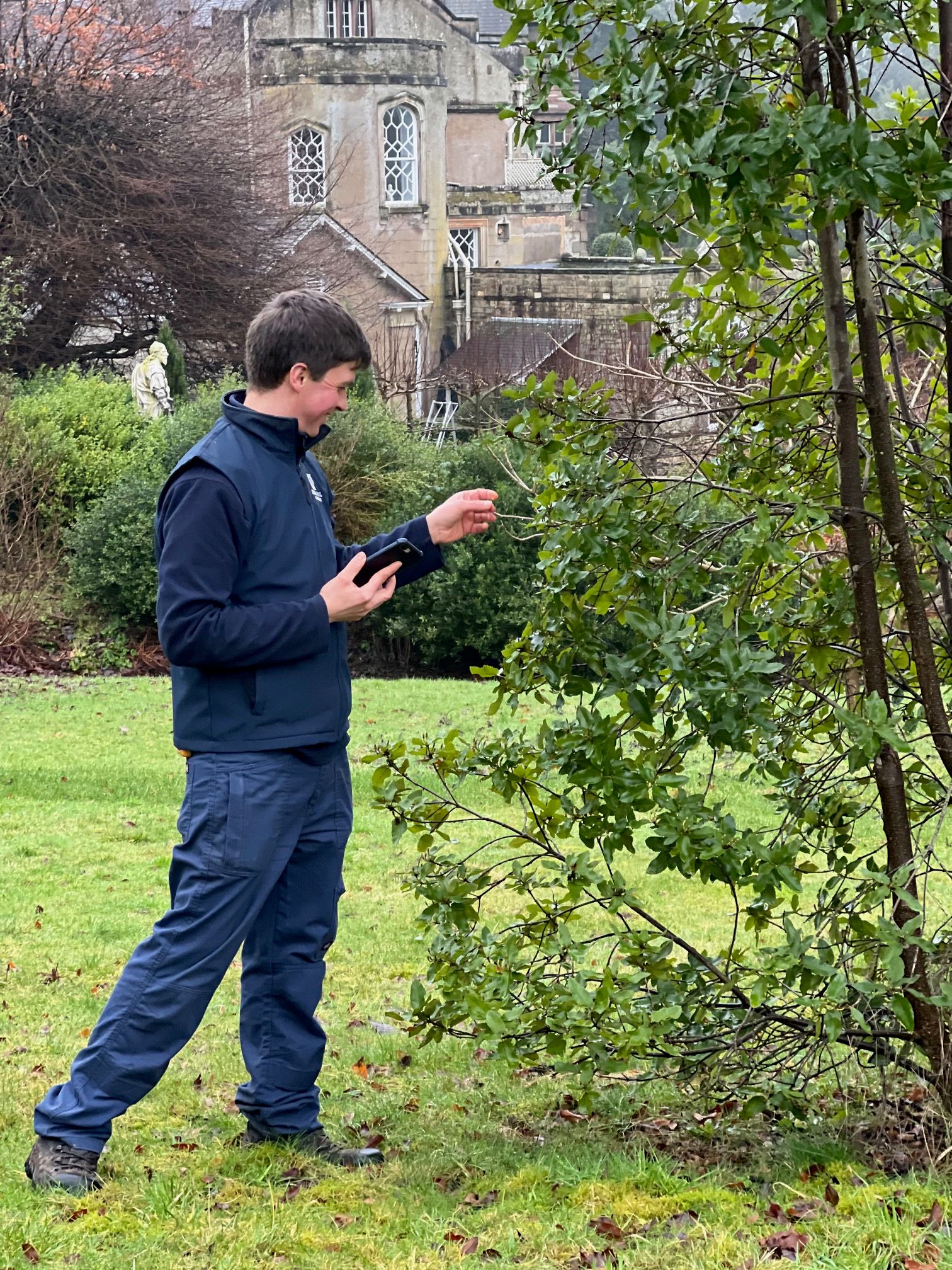
As Jacob Tarr, one of Holker’s Senior Gardeners, explained in a recent webinar, the aim isn’t just to organise records for the sake of it, it’s about being able to care for the collection properly. Without reliable information, valuable specimens risk being overlooked, mistreated, or forgotten altogether.
“We’re really trying to retain the knowledge that has been passed down and build on it […] There are a lot of unnamed trees that we’d love to build a case for. We know we’ve got some choice things hiding in here, we just need to prove it.”
Rebuilding the Records
The motivation to piece together what they’ve inherited and protect it for the future, has become central to the team’s work. For the past 3 years, Jacob has been leading the documentation effort, steadily verifying records and logging new ones. Allocating one day a week to the project, he heads out into the garden with his smartphone and a copy of the old maps, checking for missing labels, cross-referencing locations, and photographing key features like bark, buds, or branch structure. Over time, he has been able to fill in the gaps, remove entries for lost specimens, and flag those in need of maintenance or labelling.
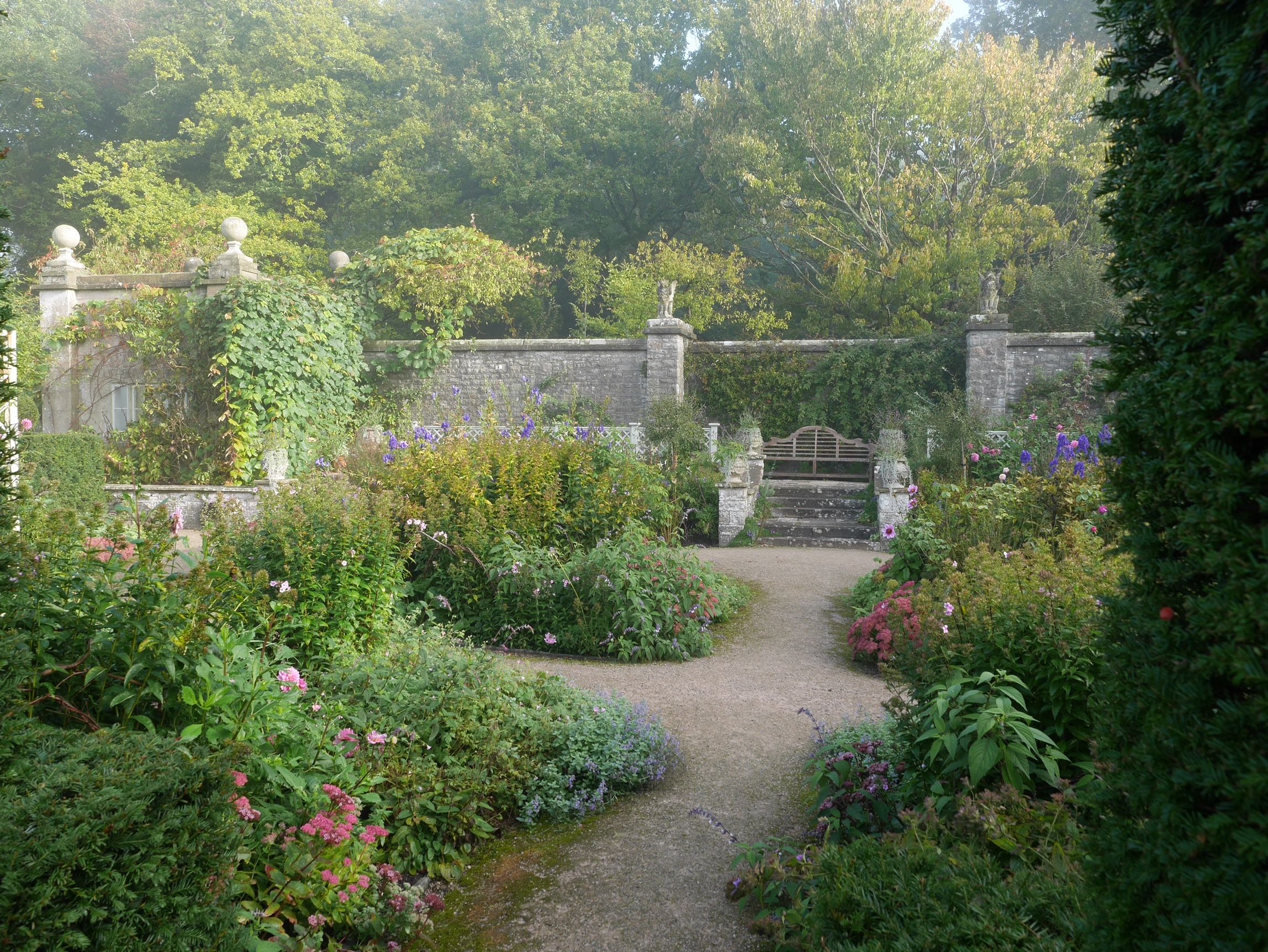
The team now utilises data tags in Hortis to manage care, support interpretation, and assist with planning. Some are purely practical, for example, “accession label required” flags missing signage, while “screw label” helps them monitor metal tags that could damage trees over time. Others are designed to support future visitor engagement, data tags like “champion tree” or “June flowering” help the team build seasonal trails and highlight particular specimens throughout the year.
“The idea isn’t to label everything,” Jacob explained, “but to be thoughtful about what we do highlight, and make sure what we share with the public is accurate, helpful, and accessible.”
Sharing the Story
This approach has already led to new experiments with visitor interpretation. For National Tree Week and again in spring, the team trialled a digital tree trail focused on seasonal interest and notable specimens. The trails were accessed via mobile and included species names, photos, and contextual information. For a team without a dedicated education or outreach post, this marked a practical way to share knowledge and deepen engagement with the public.
Holker’s selective approach reflects their wider ethos: to highlight significance without overwhelming the visitor. By focusing on seasonal interest, rare trees, and curated trails, they’re creating more meaningful moments of engagement without the need for permanent signage across the site.
Behind the scenes, the records project is also informing everyday horticultural decisions. As the shared knowledge base improves, it gives the team a clearer sense of what’s actually growing in the garden, as well as information on which specimens have strong provenance, which plantings lack diversity, and where intervention might be needed. That, in turn, has helped strengthen collaborations with outside organisations. The Tree Register, the RHS, Trees and Shrubs Online and others have already provided support with identifications, made easier by the availability of well-organised records.
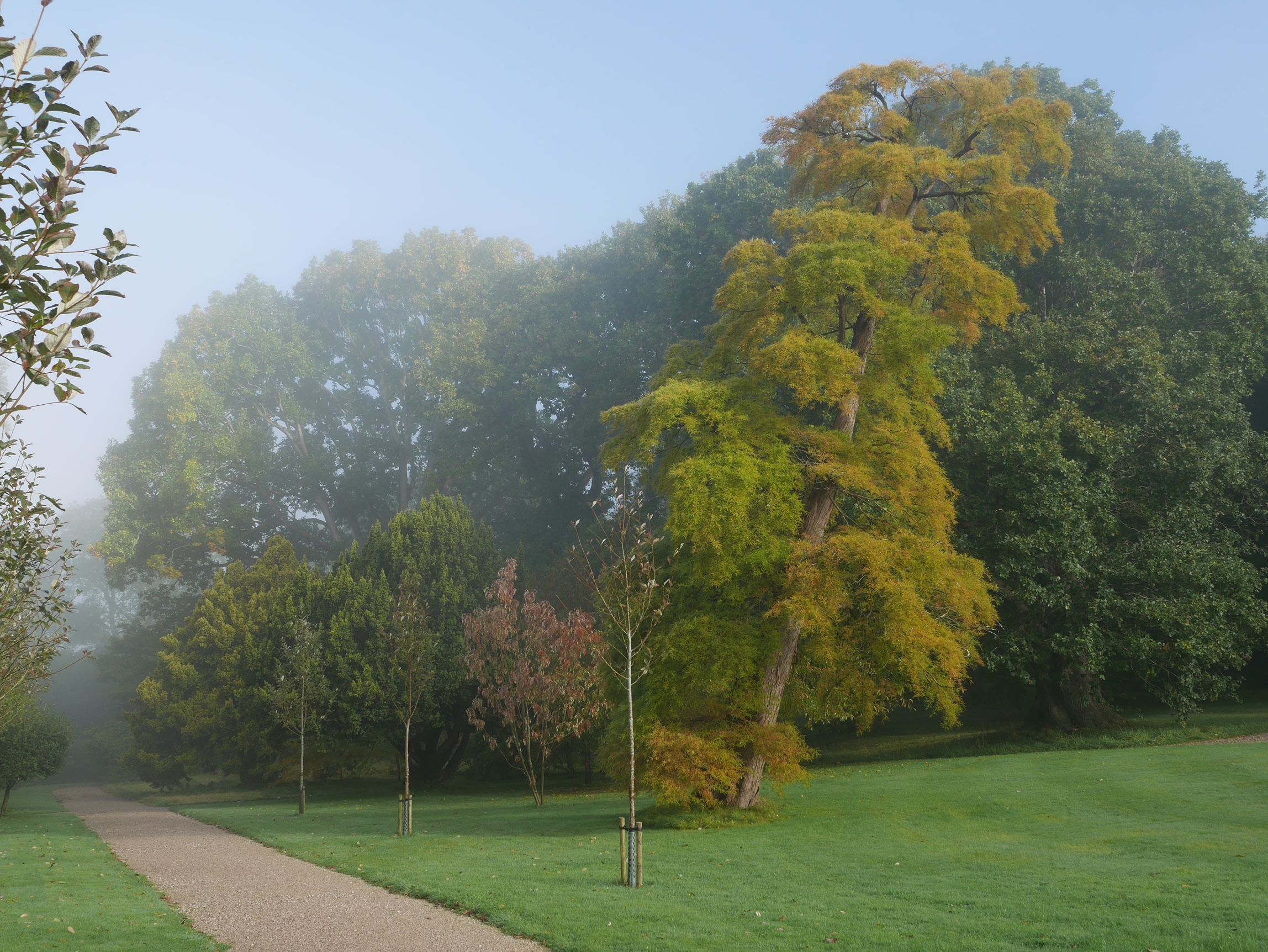
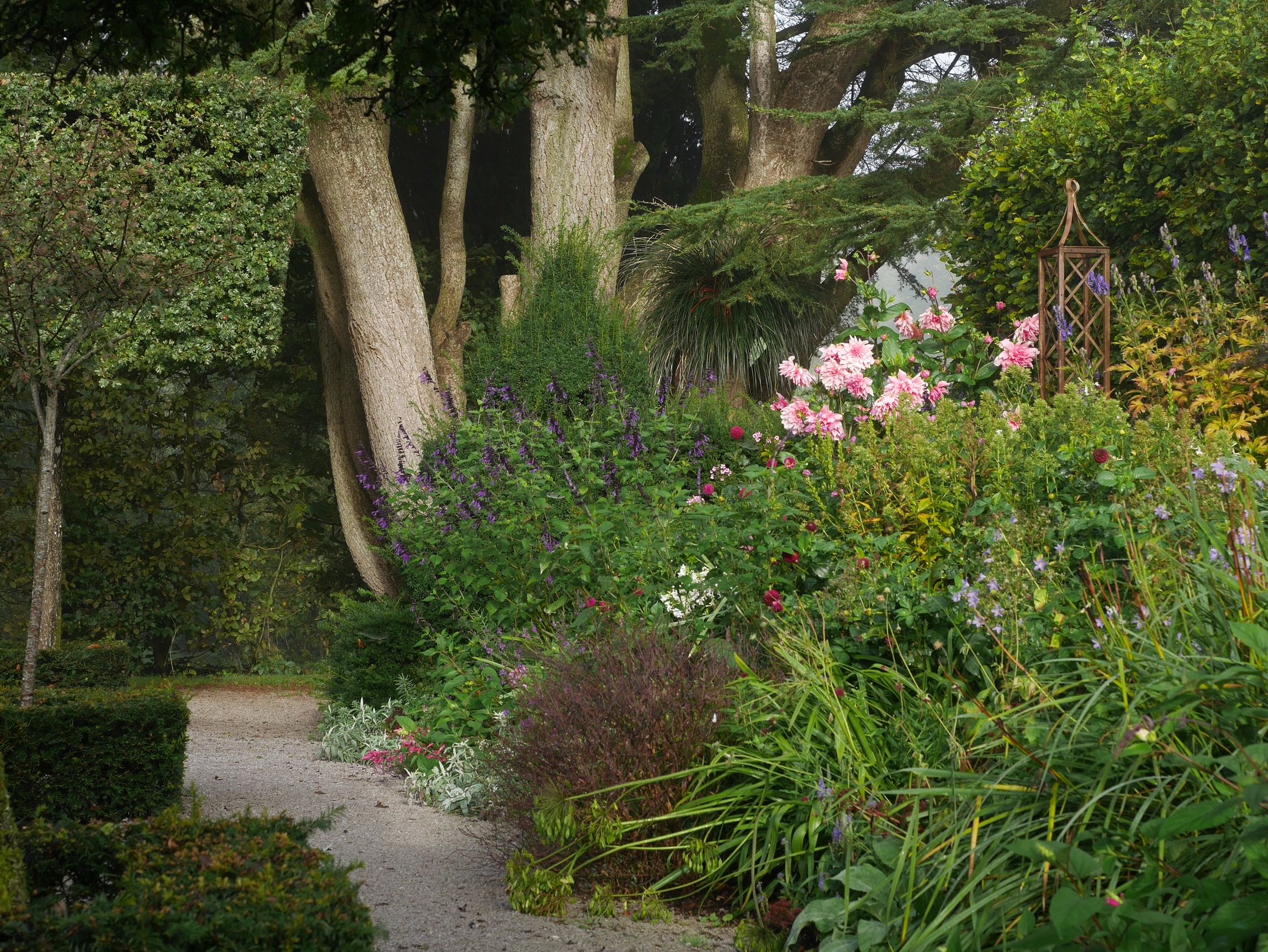
The garden is home to several champion trees and holds the National Collection of Styracaceae, a group of flowering trees and shrubs known for their ornamental value. As part of the records project, these significant specimens are now being documented and monitored with greater precision, laying the groundwork for their long-term care.
This more structured understanding of the garden is already influencing how planting is approached and how future care is planned. Even routine tasks, like labelling or pruning, now benefit from having a trusted reference. The work has also helped the team prepare for unexpected challenges, such as extreme weather, by giving them a better sense of what’s vulnerable, and where to focus their efforts.
Planning for the Future
Jacob has also been preparing to expand the work into new areas, starting with the herbaceous borders. The longer-term goal is to build a reliable and flexible system that future teams can inherit and use without starting from scratch again. It’s not about chasing perfection, it’s about getting to a place where the team can work with confidence, knowing that what’s in the ground is reflected in their records
For Holker Hall, this effort represents more than just admin. It reflects the team’s commitment to stewarding the collection with care, and providing the public with a better insight of what’s growing in the garden. Whether it’s building trails around seasonal highlights or working with visiting experts to unpick mystery specimens, their work is making the garden more knowable, more manageable, and more alive for the next generation.
